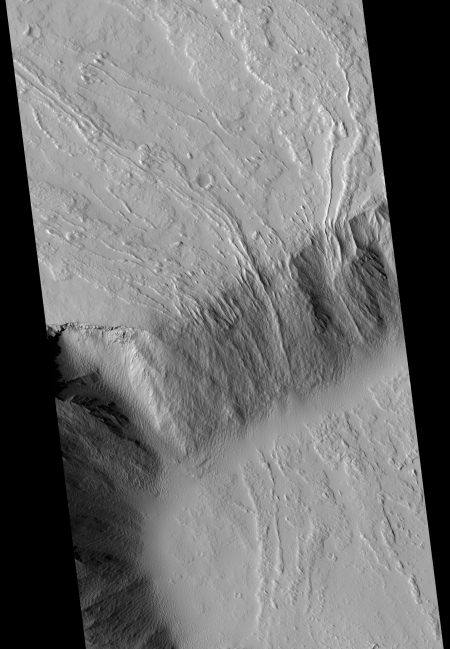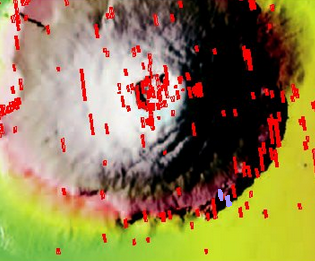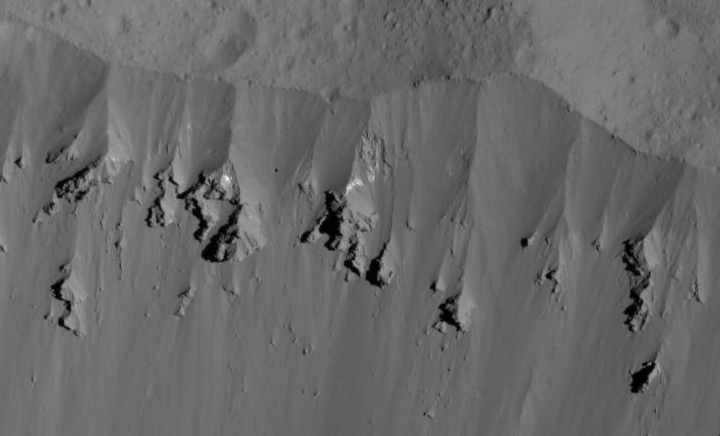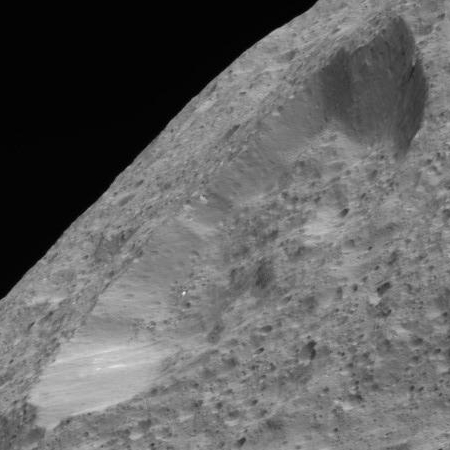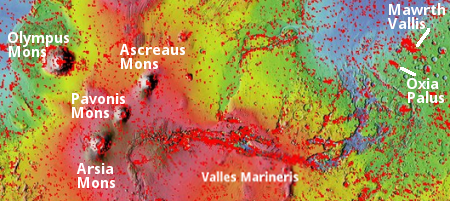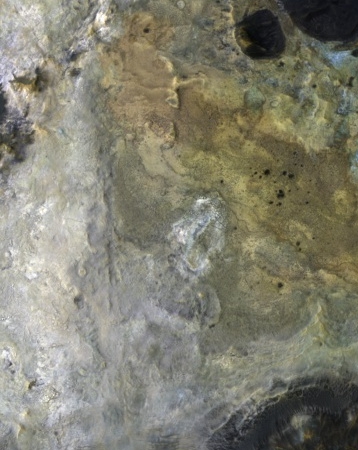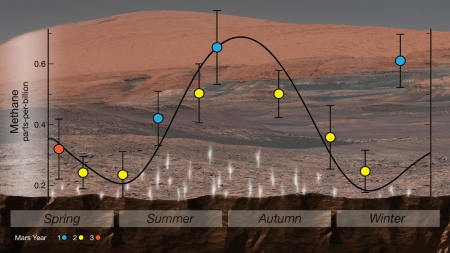Ancient rain on Mars?
New data suggests that the many meandering canyons on Mars were partly formed by rain.
Although Mars is cold and dry today, channels on its surface look as if running water shaped them, leading researchers to think the planet was warm and wet in the past. But scientists have struggled to determine whether that water fell from the sky as rain or seeped upward from the ground.
To discern the water’s source, Hansjoerg Seybold at the Swiss Federal Institute of Technology (ETH) Zurich and his colleagues analysed the geometry of Martian valley channels. The channels branch off at relatively narrow angles, as do waterways in arid landscapes on Earth, such as the US Southwest. More-humid landscapes with a lot of groundwater — the Amazon rainforest, for example — host river channels that branch at wider angles.
The discovery bolsters the idea that the Martian channels were carved by surface runoff rather than by water percolating from below.
The paper itself is behind a paywall, so it is unclear whether they included in their analysis the consequences of Mars’s lighter gravity. Regardless, this result is intriguing, even if it has a lot of uncertainty.
New data suggests that the many meandering canyons on Mars were partly formed by rain.
Although Mars is cold and dry today, channels on its surface look as if running water shaped them, leading researchers to think the planet was warm and wet in the past. But scientists have struggled to determine whether that water fell from the sky as rain or seeped upward from the ground.
To discern the water’s source, Hansjoerg Seybold at the Swiss Federal Institute of Technology (ETH) Zurich and his colleagues analysed the geometry of Martian valley channels. The channels branch off at relatively narrow angles, as do waterways in arid landscapes on Earth, such as the US Southwest. More-humid landscapes with a lot of groundwater — the Amazon rainforest, for example — host river channels that branch at wider angles.
The discovery bolsters the idea that the Martian channels were carved by surface runoff rather than by water percolating from below.
The paper itself is behind a paywall, so it is unclear whether they included in their analysis the consequences of Mars’s lighter gravity. Regardless, this result is intriguing, even if it has a lot of uncertainty.

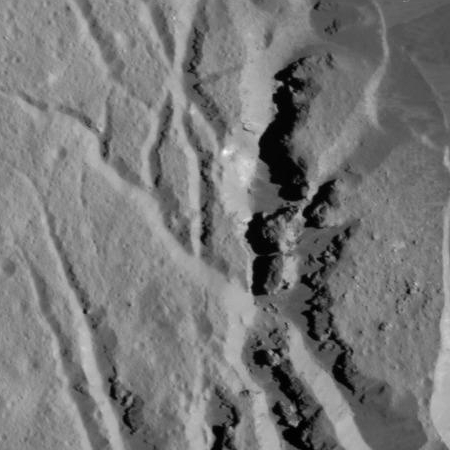
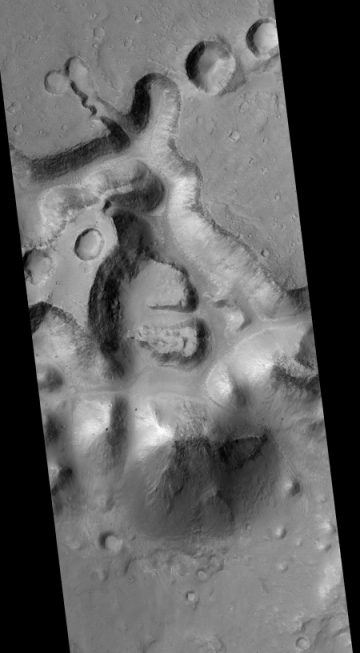
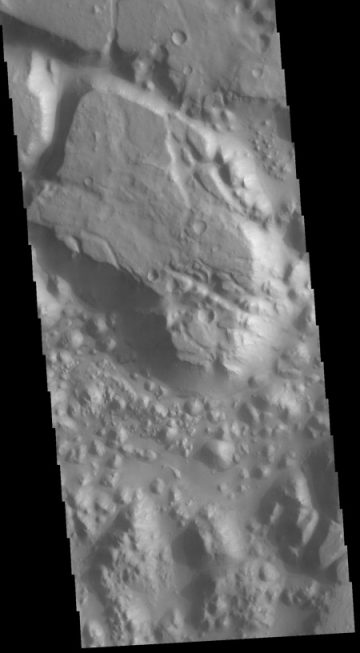
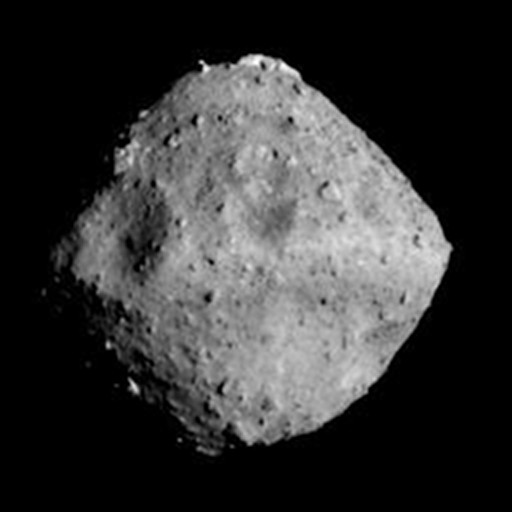
 l
l
